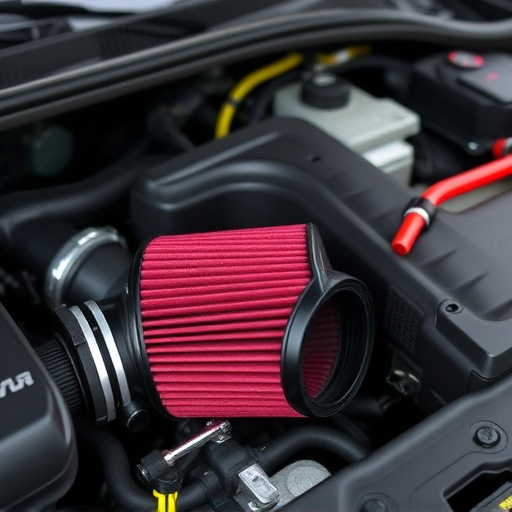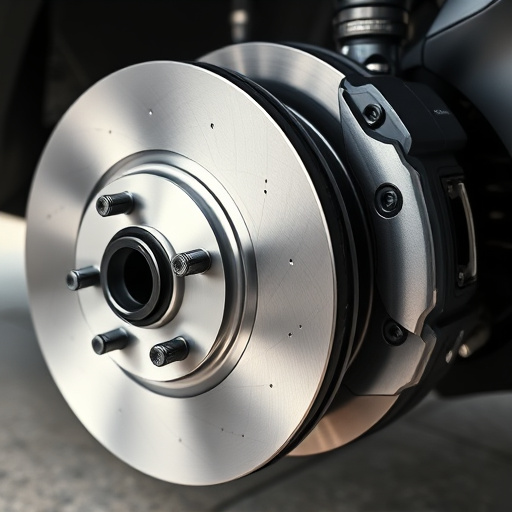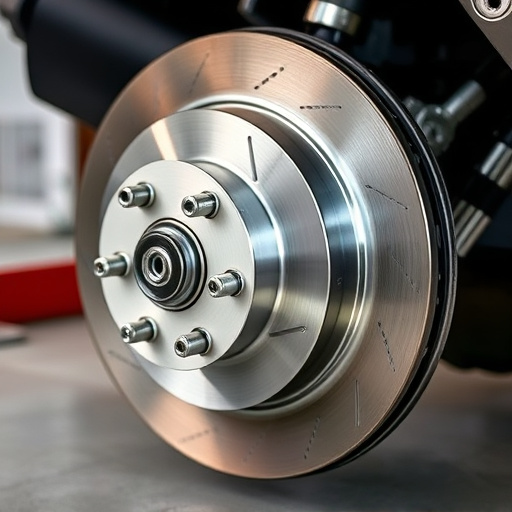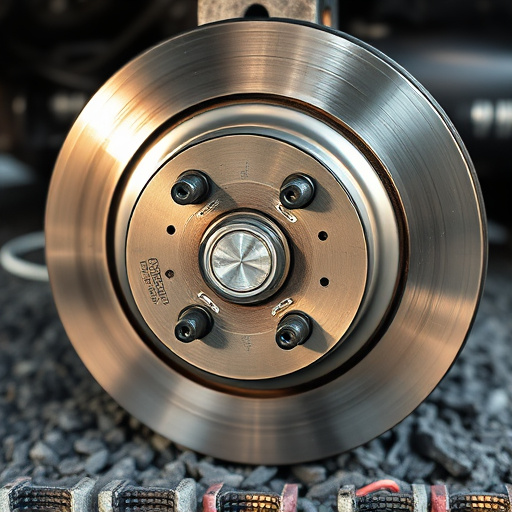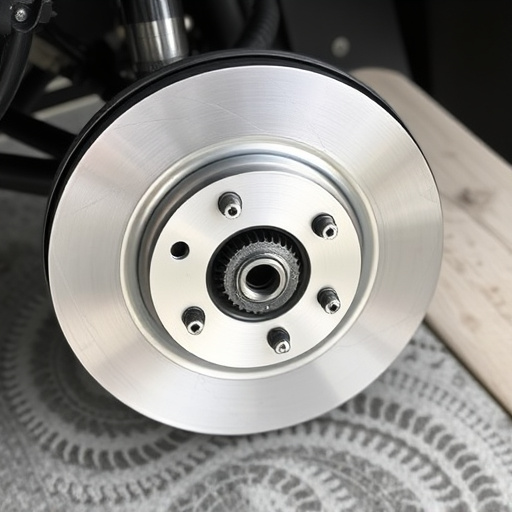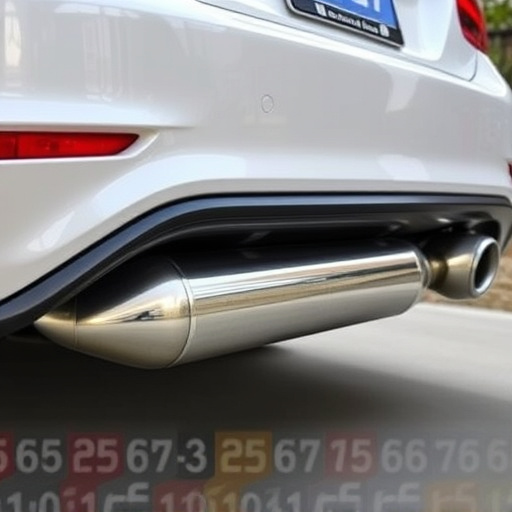Catalytic converters (cats) are crucial for reducing harmful emissions in vehicles. Universal cats often face issues like buildup of particulate matter and carbon, impacting engine performance and increasing backpressure. These problems can be accelerated by poor maintenance or low-quality parts. Regular inspection is vital for optimal performance. Cleaning involves disassembling, gently removing buildup with detergent and water, and using safe solutions for stubborn residue. Visual checks, examining connections, and listening to exhaust components for unusual noises are essential during inspections. Regular testing and replacing worn parts recommended by manufacturers ensure the health of the converter and peak vehicle performance.
A catalytic converter, an essential component in most vehicles, plays a vital role in reducing harmful emissions. However, over time, these converters can face challenges, leading to reduced efficiency and potential damage. This article offers comprehensive guidance on maintaining your universal catalytic converter. We’ll explore the fundamentals of these converters, delve into effective cleaning methods, and provide crucial inspection tips to ensure optimal performance and longevity, ultimately contributing to a cleaner environment.
- Understanding Catalytic Converters: Their Role and Common Issues
- Cleaning Methods for Universal Catalytic Converters: Safe and Effective Practices
- Inspection Tips: Ensuring Optimal Performance and Longevity
Understanding Catalytic Converters: Their Role and Common Issues
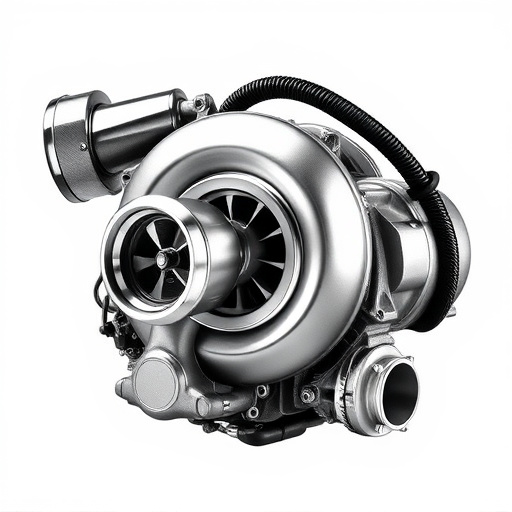
Catalytic converters, often referred to as “cats,” are essential components in vehicles’ exhaust systems. Their primary role is to reduce harmful pollutants and emissions, converting them into less toxic substances before they’re expelled into the atmosphere. This process is crucial for maintaining air quality and reducing environmental impact.
Common issues with universal catalytic converters include buildup of particulate matter and carbon, which can restrict airflow. These obstructions lead to reduced engine performance and increased backpressure in the exhaust system. Factors like inadequate maintenance (e.g., not cleaning or replacing parts at recommended intervals), using low-quality converter components, or installing incorrect aftermarket conversions can accelerate these problems. Regular inspection, including checking for cracks, damage, or loose connections, is vital to ensure optimal performance of both the catalytic converter and the entire exhaust muffler system, including cold air intakes and muffler tips.
Cleaning Methods for Universal Catalytic Converters: Safe and Effective Practices
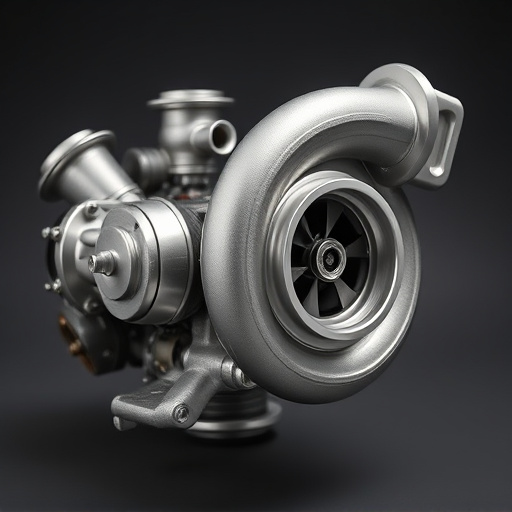
Cleaning a universal catalytic converter requires careful consideration to ensure safety and effectiveness. The first step is to disassemble the converter, separating the catalyst core from the housing. Use protective gear, including gloves, goggles, and a respirator, as catalytic converters can emit harmful fumes. Next, carefully clean the core using a combination of mild detergent and warm water to remove any buildup or debris. This process should be gentle to avoid damaging the delicate catalyst coating.
For stubborn residue, consider using specialized cleaning solutions designed for catalytic converters. These products are formulated to dissolve oil, grease, and other contaminants without harming the converter’s surface. After cleaning, rinse thoroughly with water and ensure all detergent residue is removed. Reassemble the converter, checking for any leaks at the connections of intake components, exhaust tips, and performance brakes. Regular, gentle cleaning can extend the life of your universal catalytic converter, maintaining its efficiency and reducing emissions.
Inspection Tips: Ensuring Optimal Performance and Longevity
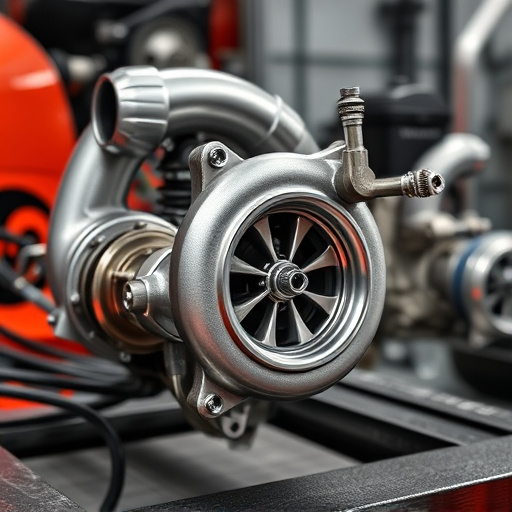
Regular inspection of your universal catalytic converter is a crucial aspect of vehicle maintenance for optimal performance and longevity. Here are some key tips to keep in mind. First, visually inspect the converter for any signs of damage, corrosion, or leaks. Even minor cracks or wear can indicate issues that could compromise its effectiveness. Additionally, check the connections to ensure they’re secure and free from debris. A tightly sealed system is essential for maintaining efficient catalytic conversion.
Second, examine the exhaust mufflers and related brake components for any abnormal noises or performance changes. If you notice a significant drop in vehicle performance or an unusual noise coming from the exhaust system, it could be a sign of a problem with your converter. Regularly testing and replacing worn-out parts, as recommended by the manufacturer, is vital to sustaining the overall health of your catalytic converter and ensuring peak vehicle performance.
Proper maintenance of your universal catalytic converter is key to ensuring optimal engine performance, reducing emissions, and extending its lifespan. By understanding the role of these converters and implementing safe cleaning and inspection practices, you can keep your vehicle running smoothly and efficiently. Regular care will not only prevent common issues but also save you from costly repairs down the line. Remember, a well-maintained catalytic converter is a cleaner, greener, and more economical driving experience.






